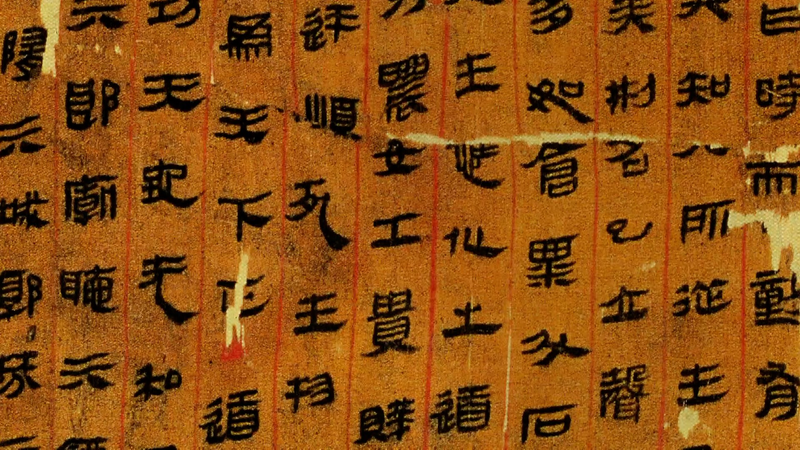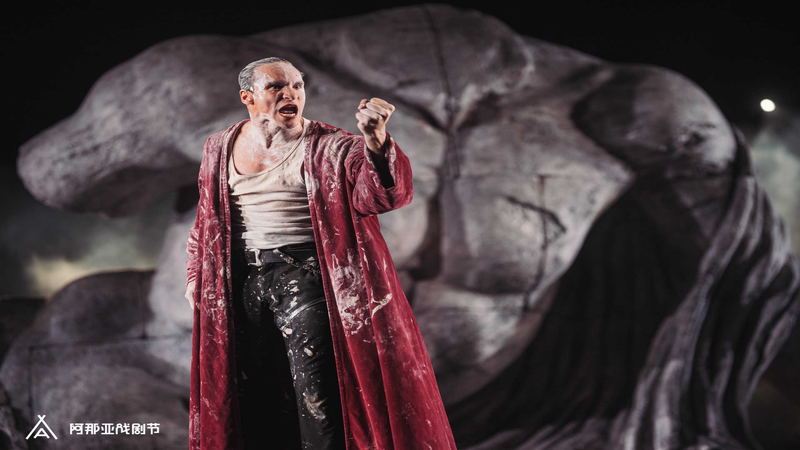Imagine texting in a script that hasn't been used for 2,000 years. That vision is now reality after experts in Changsha City, Hunan Province in the Chinese mainland breathed new life into a mysterious Han Dynasty script.
Archaeologists excavated 52 silk texts from the Mawangdui tombs, revealing an intermediate script style between seal and clerical scripts. To unlock these hidden hieroglyphs, the Hunan Provincial Museum teamed up with the Hunan Malanshan Innovation Center for Culture Digitalization, combining archaeological expertise with cutting-edge tech.
First, museum staff captured high-resolution scans of each character, building a massive database of 228,700 images and 3,400 3D models. This mountain of data let young technicians analyze brush strokes, character proportions, and writing quirks in unprecedented detail.
Armed with these insights, the innovation center's design team transformed the intricate strokes into a fully functional computer font. The result? A digital typeface that mirrors the elegance and complexity of its ancient silk origins.
Beyond preserving cultural heritage, the new font opens doors for creatives worldwide. Artists, designers, and tech enthusiasts can integrate these characters into apps, virtual exhibits, and multimedia projects, creating a fresh bridge between past and present.
This project highlights how data-driven innovation can safeguard history while fueling modern creativity. From classroom lessons on ancient scripts to immersive digital experiences, the revived Han silk font is set to inspire a new generation of global citizens.
Reference(s):
cgtn.com




